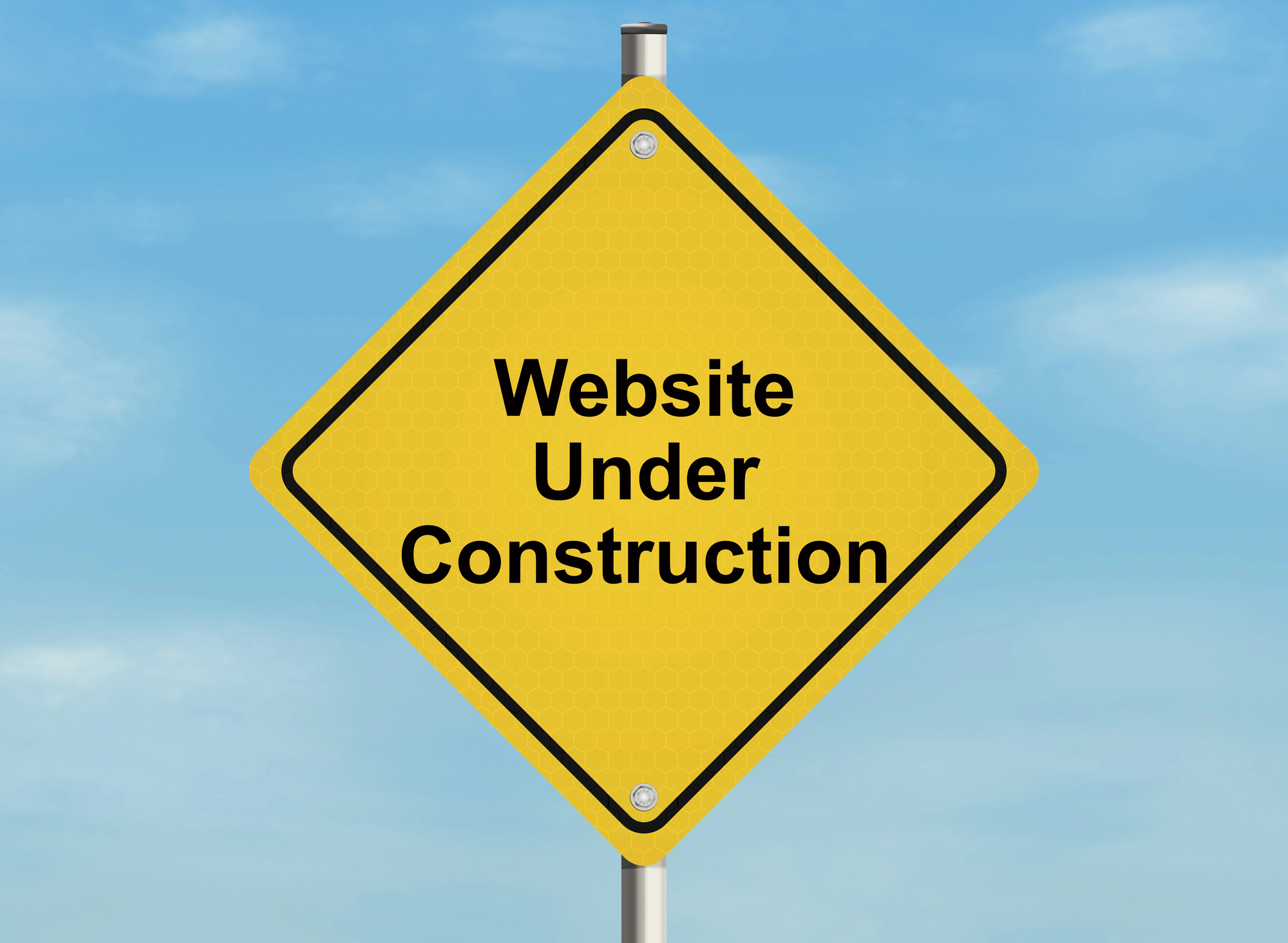The Importance of Alt Text and How to Use it to Boost SEO
There are several elements to producing SEO-driven content for your website, and it can be easy to let little (but effective) elements fall to the wayside.
A perfect example of this is alt text. But what is it?
The Benefits of Alt Text
Images are an essential part of web design, and they can also be optimized to improve SEO with the use of alt text.
Alt text, or as it’s formally known: alternative text, is a short HTML attribute that simply describes an image. If the image doesn’t load, the alt text will appear, giving the user an idea of what the image is about and therefore improving the overall user experience.
Alt-text is vital for SEO purposes because it is another text element that search engines can crawl and potentially boost webpage rankings.
How to Write Alt-Text for Images
Alt-text should be short and simple, no more than a phrase of a few words. The primary goal of writing alt-text is to clearly describe what is in the image.
For example, take this image of a dog. Here are three ways to write the alt-text for this image:

1. Good: A dog
2. Better: A white dog
3. Best: A white dog holds a stick in its mouth
You don’t need to get too descriptive, rather consider the most important aspects of the image and focus on those points in your text.
Keep it Objective
Finally, it’s important to keep your alt-text as objective as possible. This means describing exactly what's in the image and not what can be inferred.
For example, avoid the following mistakes:
- Telling a story
- Assuming sex/age/ethnicity of image subjects
- Assuming feelings/emotions
Using Keywords Properly
You can further boost SEO with alt-text by using keywords in your descriptions when relevant. This is not an excuse for keyword stuffing!
The text must flow, so try to include the main keyword or related keywords. Remember, never stray from keeping it short and objective! The reader must be able to visualize clearly what’s going on in the image.
For example, if you’re writing an article about play ideas for dogs, and you have an image of a dog holding a stick, your alt text can read something like: A dog plays fetch with a stick.











